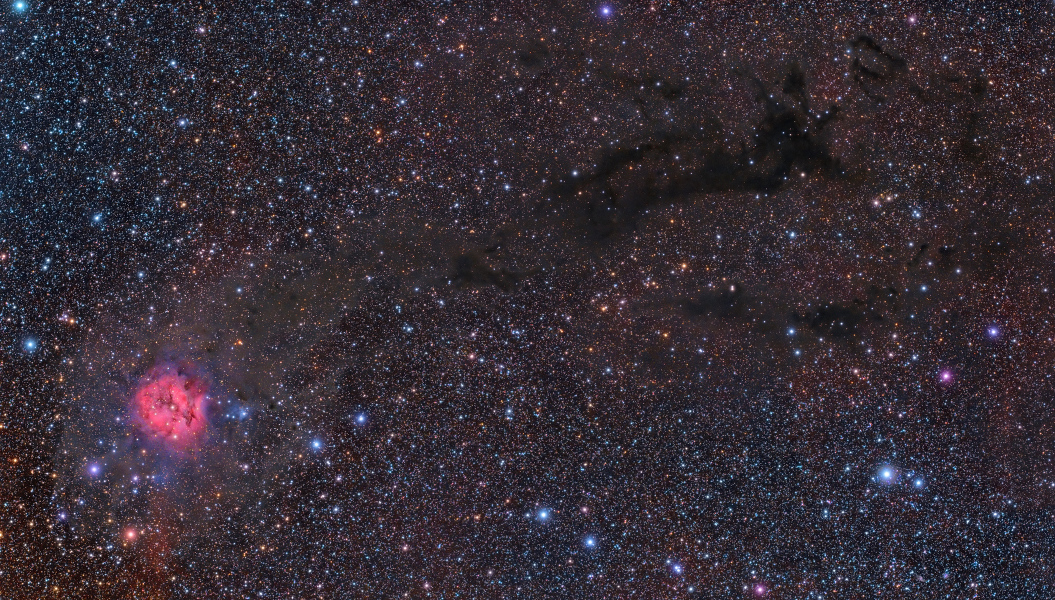http://apod.nasa.gov/apod/ap140927.html
Apod Blog
This picture is called A Launch and a Landing. This amazing picture was taken from Atlantic beach. Cape Canaveral. You can see that four identically framed digit images
are combined in the night skyscape. They person taking the picture did this to capture the flight of Falcon 9 rocket. It launch on September 21st. The Launches goal was to deliver Dragon X capsuled
filled with supplied for the ISS. You Can see the levels of the launch. First with its firing trails, then after separation as it is climbing to low earths orbit. Then at the horizon near the center of the re ignition is the controlled descent. When Falcons 9s first stage to a soft landing off the coast. This picture captures the technology we have invented and it is amazing. Also the different layers it to to combine to make this image must of been hard.
Sunday, September 28, 2014
Tuesday, September 23, 2014
Johannes Hevelius Sources
http://go.galegroup.com/ps/retrieve.do?sgHitCountType=None&sort=RELEVANCE&inPS=true&prodId=GVRL&userGroupName=fl_sarhs&tabID=T003&searchId=R2&resultListType=RESULT_LIST&contentSegment=&searchType=BasicSearchForm¤tPosition=1&contentSet=GALE%7CCX3408501386&&docId=GALE|CX3408501386&docType=GALE
http://en.wikipedia.org/wiki/Johannes_Hevelius
http://www.nndb.com/people/649/000096361/
Friday, September 19, 2014
Observations of the Week.
Monday- I went outside around 8:45 and i saw the big dipper mars and Summer triangle. I did not notice the other constellation in the sky.
Tuesday- I observed the sky since i am new to observing the night sky i only saw the big and little dipper.
Wednesday. I Tried looking up again with no avail. Still struggling to identify the constellations i know that are up their.
Thursday. Had some progress. I noticed the summer triangle again. I somewhat made out the constellation Sagittarius. Learning and detecting constellations in the sky was harder than i thought.
Friday: I have not been able to look up at the sky today. Tonight i will gaze up at the heavens and continue to try and pinpoint the summer constellations that are floating up above.
Monday- I went outside around 8:45 and i saw the big dipper mars and Summer triangle. I did not notice the other constellation in the sky.
Tuesday- I observed the sky since i am new to observing the night sky i only saw the big and little dipper.
Wednesday. I Tried looking up again with no avail. Still struggling to identify the constellations i know that are up their.
Thursday. Had some progress. I noticed the summer triangle again. I somewhat made out the constellation Sagittarius. Learning and detecting constellations in the sky was harder than i thought.
Friday: I have not been able to look up at the sky today. Tonight i will gaze up at the heavens and continue to try and pinpoint the summer constellations that are floating up above.
APOD 1.4
In this picture you see a bunch of stars. Also know as a crowded star field covering over 2 Degrees within the flying constellation cygus. In this photo your eye is attracted to the redish orange cluster in the photo. What everyone sees is a cosmic cocoon. A cosmic cocoon is a compact star forming reagion. It has a long trail of obscuring interstellar dust clouds.This nebula is about 15 light years wide and about 4000 LY away. The star that is in the middles of this nebular is most likely on a few thousand years old. This picture is truly mesmerizing. It captures the beauty and vastness of space.
http://apod.nasa.gov/apod/ap140918.html

http://apod.nasa.gov/apod/ap140918.html

Friday, September 12, 2014
APOD 1.3
Laniakea is our home super cluster of galaxies. In this
picture it is showing exactly that. Not only is it one of the largest structures
know it is also our home. The Laniakea cluster of galaxies contains thousands
of galaxies, including our milky way. The Virgo cluster of galaxies are the
closest cluster of galaxies to our own. In the picture the green areas have
white dot galaxies and the white line indicate motion towards the center. The outline
of Laniakea is in orange. The blue dot shows our location. The Laniakea is
about 500 million light years and contains 100,000 times the mass of the Milky
Way. Laniakea Means “immense heaven” in Hawaiian. This picture truly shows how
small we are compared to the entire galaxy. I believe there must be some other life
forms out there in other galaxies that we are not able to contact.
Sunday, September 7, 2014
1.2 Asto APOD Blog
1.2 Astro blog
Sept. 6 2014
The Name of this picture is Moonbow beach. It shows
a moonbow shining across the western horizon of a deserted beach scene in
Molokai Island in Hawaii. The strange thing about this picture is there is no
moon. A rainbow is produced by sunlight internally reflected in raindrops from
the direction opposite of the sun back toward the observer. As the light passes from air to water
and back to air again, longer wavelengths are refracted (bent) less than
shorter ones resulting in the separation of colors. The Moonbow is produced as
raindrops reflect moonlight from the direction opposite the Moon. That
puts the Moon directly behind the photographer, still low and rising over the
eastern horizon. This picture is truly breathtaking. I hope one day I will
see a moonbow!
Wednesday, September 3, 2014
Astro 1.1
Noah
McClannahan
APOD 9/1/2014
This picture is talking
about the sky appeared to be full of color after a giant storm over Bangladesh.
The unusual pattern that was created in the photo was due to atmospheric
gravity waves. This created an aurora. Aurora’s are powered by collision with
energetic particles seen at high altitudes. Airglow is due to chemiluminescence. Chemiluminescence is the emission of light as the result
of a chemical reaction. Airglow (also called nightglow) is the very weak emission of light by a planetary atmosphere. Airglow keeps the night sky from ever being completely
dark. With all these reactions happening its creates what the people of Tibet
and china saw in the sky that night.
Subscribe to:
Posts (Atom)